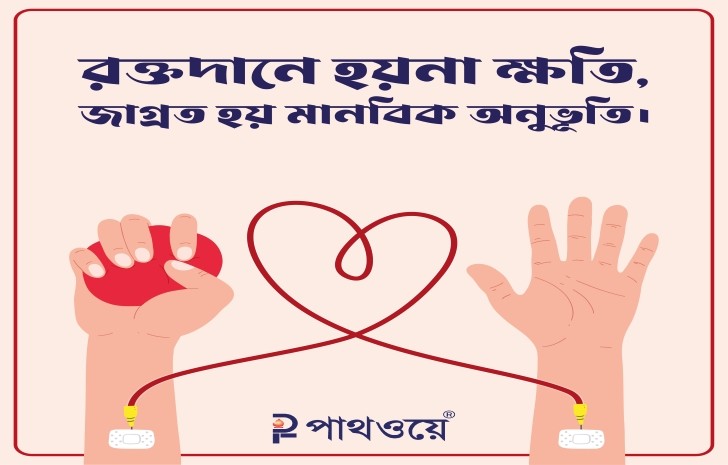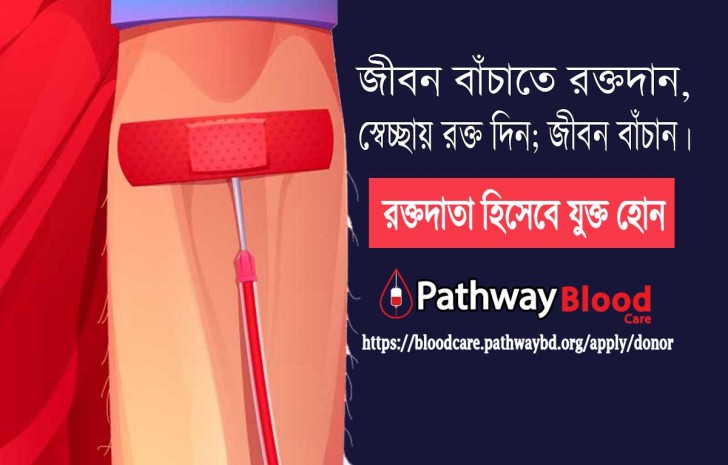
Blood Donation
Overview
Blood donation is a voluntary procedure that can help save lives. There are several types of blood donation. Each type helps meet different medical needs.
Whole blood donation
The most frequent kind of blood donation is whole blood. You give around a pint (almost a liter) of entire blood with this donation. The blood is subsequently divided into its constituent parts, including red blood cells, plasma, and occasionally platelets.
Apheresis
You are connected to a device during apheresis that gathers and separates various components of your blood. Red blood cells, plasma, and platelets are some of these blood components. The leftover blood is then returned to you by the machine.
· Platelet donation (plateletpheresis) just gathers platelets. The platelets are the cells that clump together and form plugs in blood arteries to assist to halt bleeding (clotting). Those who have cancer, clotting issues, or are undergoing major surgery or organ transplants frequently receive donated platelets.
· Double red cell donation It enables you to give a significant number of red blood cells. Your organs and tissues receive oxygen from red blood cells.
Those with sickle cell anemia and those who have had extreme blood loss, such as after an accident or injury, are often given donated red blood cells.
· Plasma donation (plasmapheresis) gathers the blood's liquid component (plasma). Plasma aids in blood clotting and includes antibodies that aid in the defense against infection.
In emergency and trauma settings, plasma is frequently administered to patients to assist stop bleeding.
Why it's done
Risks
Donating blood is risk-free. As each donor uses brand-new, clean disposable equipment, giving blood carries no danger of contracting a blood-borne illness.
A pint (about half a liter) may be donated by most healthy persons without posing any health hazards. Your body replenishes the fluids lost as soon as a few days have passed since a blood donation. Your body then repairs the missing red blood cells after two weeks.
How you prepare
Eligibility requirements
To be eligible to donate whole blood, plasma, or platelets, you must be:
· In good health.
· At least 16 or 17 years old.
· At least 110 pounds (about 50 kilograms).
· Able to pass the physical and health-history assessments.
Eligibility requirements differ slightly among different types of blood donation.
Food and medications
Before your blood donation:
· Get plenty of sleep the night before you plan to donate.
· Eat a healthy meal before your donation. Avoid fatty foods like hamburgers, fries, or ice cream.
· Drink plenty of water before the donation.
· Check to see if any medications you are taking or recently took would prevent you from donating. For example, if you are a platelet donor, you must not take aspirin for two days before donating. Talk to your healthcare provider before you stop taking any medications.
· Wear a shirt with sleeves that can be rolled up.
Results
Testing
Both your blood type and Rh factor will be determined by testing your blood. One's blood type might be A, B, AB, or O. The Rh factor describes whether a certain antigen, which is a material capable of inciting an immunological response, is present in the blood. Depending on whether you contain the antigen or not, you will be labeled as Rh-positive or Rh-negative. This information is crucial because the blood type and Rh factor of the recipient of your blood must be compatible with yours.
Blood-borne illnesses including hepatitis and HIV will also be examined for in your sample of blood. The blood is supplied for use in hospitals and clinics if the tests come back negative. Your blood is discarded, and you are informed by the donation center if any of these tests are positive.

